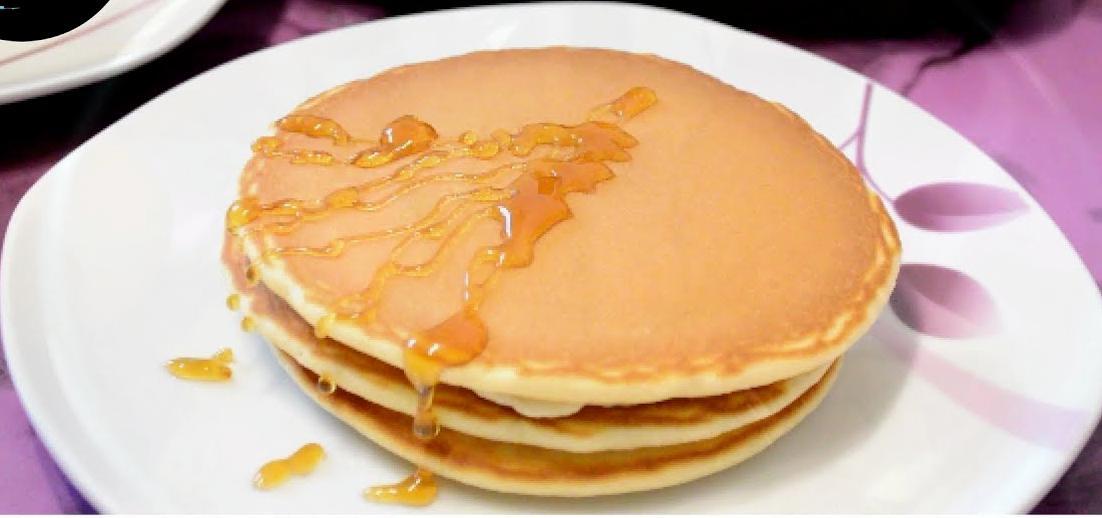Analysis of the effect of pancake product substitution using durian seed flour on consumer acceptance: case study of generation Z in DKI Jakarta
DOI:
https://doi.org/10.31943/gw.v14i2.472Keywords:
Acceptability Test, Organoleptic Test, Durian Seed Flour, Pancakes, Generation ZAbstract
Durian seeds possess numerous health benefits, and their high starch content makes them a potential substitute for wheat flour. However, despite their potential, durian seeds need to be more utilized and often become food waste. This study assesses the success and acceptability of pancakes made with durian seed flour substitution. The research employed an experimental approach comprising four treatments and one control group. The treatments involved 25%, 50%, 75%, and 100% substitution of wheat flour with durian seed flour, while the control group contained 0% substitution. The acceptance test involved 100 panelists from Generation Z in DKI Jakarta. The results indicated that pancakes with 25% durian seed flour substitution were the most favored by the panelists, with an 80.1% preference rate, and were well-received by the public. The organoleptic analysis revealed that pancakes with 25% substitution had a pleasant sweet taste (71%), a mild durian seed flour aroma (55.5%), a soft texture (71.8%), and an attractive color (70.5%). For future research, it is suggested to conduct trials using durian seed flour with other food products or different food waste materials with relatively high proportions. This would enable a more comprehensive exploration of the potential applications of durian seed flour in the food industry.
Downloads

Downloads
Published
How to Cite
Issue
Section
License
Copyright (c) 2023 Steffany Johnly, Antonius Rizki Krisnadii, Lelly Christin

This work is licensed under a Creative Commons Attribution 4.0 International License.
The use of non-commercial articles will be governed by the Creative Commons Attribution license as currently approved at http://creativecommons.org/licenses/by/4.0/. This license allows users to (1) Share (copy and redistribute the material in any medium) or format; (2) Adapt (remix, transform, and build upon the material), for any purpose, even commercially.









